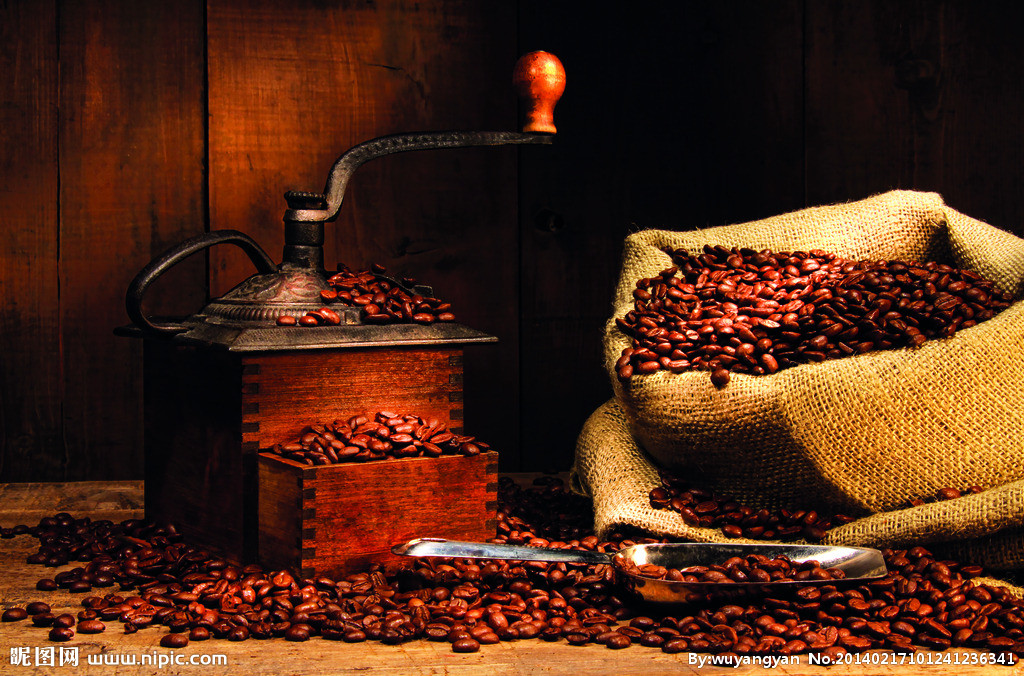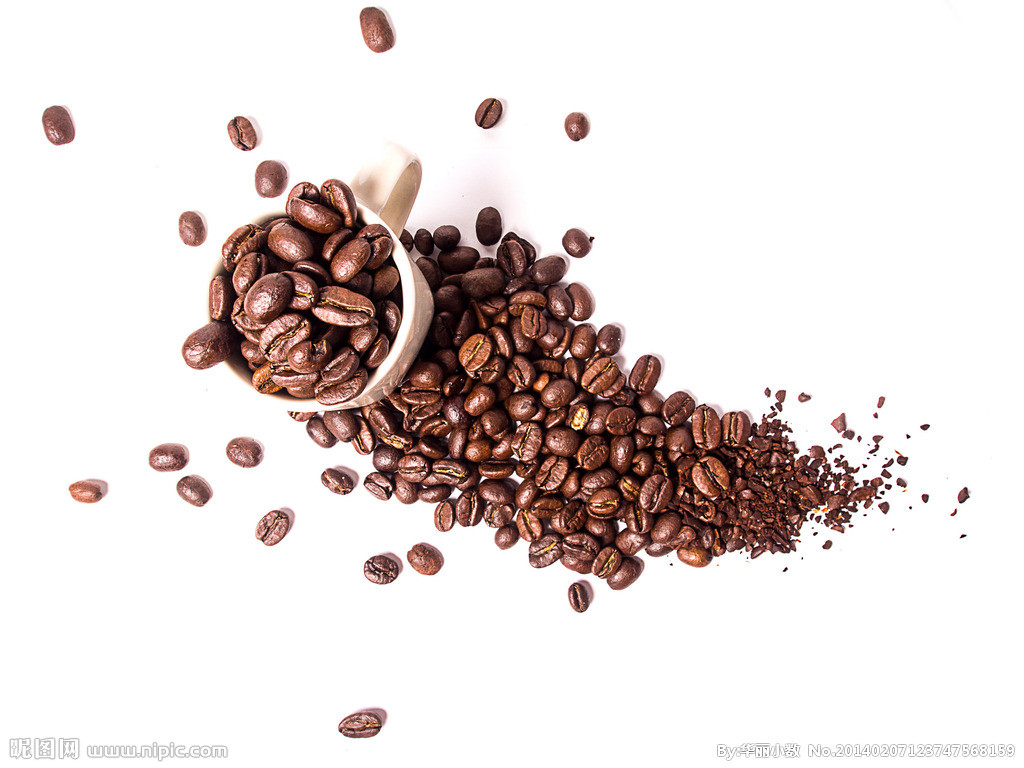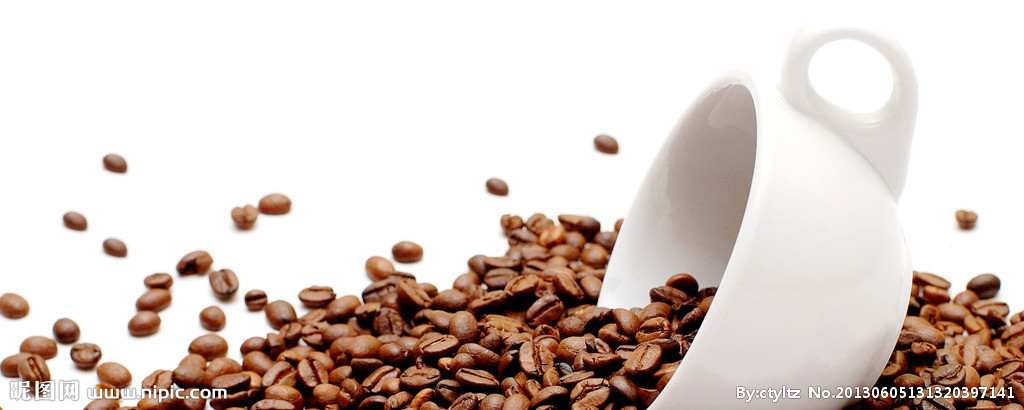The overall rich taste of Bolivian coffee varieties taste manor boutique coffee bean flavor introduction
Bolivia is a landlocked country in central South America, bordered by Brazil in the northeast, Paraguay in the southeast, Argentina in the south, Chile in the southwest and Peru in the west. The main terrain is plateau. Bolivia is the highest plateau country in the world, with an average altitude of more than 3000 meters. The capital La Paz is 3660 meters above sea level and is known as the highest capital in the world.
One third of Bolivia's territory is Andean, rugged terrain, mainly road transport, accounting for more than 85 per cent of transport. The main railway and road networks are concentrated in the west, and remote areas rely on air communication. However, road coverage is the lowest in South America. Moreover, there is also the Ronggas Highway, the world's most dangerous road known as the "Road of Death". It has no developed economy and is one of the poorest countries in South America. However, the territory has beautiful lake scenery and unique scenery of the Andes Mountains. The Salt Lake of Uyuni, known as the mirror of the sky, is a wonder of the world.
We know that Arabica coffee cannot be grown at altitudes higher than 2000 meters, and if the altitude is too high, the coffee trees will freeze due to the low temperature. Bolivian coffee is mainly grown in the Yungas region northeast of La Paz. Bordering the Amazon River basin, it is about 1500-2500 meters above sea level and has an average annual temperature of about 10-15 ° C. Therefore, the appropriate temperature for coffee growth is guaranteed, and coffee plants are protected from frost damage. In addition, Bolivia coffee growing areas dry and wet seasons, fertile soil, is the development of fine coffee paradise. Bolivian coffee is usually hand-picked and processed by washing.
Early Bolivian coffee was of poor quality and poorly marketed. The coffee cherries are usually picked and then simply peeled and sent all the way to the processing plant. Due to inadequate infrastructure, transportation is underdeveloped. Coffee farmers have to overcome rugged mountain roads to transport beans to higher altitudes in La Paz for washing. Coffee cherries that don't get to the processing plant in time can easily ferment and rot on wet mountain roads. As a result, the coffee that was originally of good quality was destroyed.
Bolivia has made many efforts to improve the quality of coffee, stimulate the enthusiasm of coffee farmers, and make coffee farmers more aware of fine coffee. After the introduction of COE competition, in the first COE competition held in 2004, there were 13 high-quality bean cups with a total score of 84 points or more, and the champion bean score was as high as 90.44 points, and the price of raw beans also rose accordingly. In addition, in order to solve the problem of late post-treatment, a washing treatment plant has also been built in the Yangas area. Let the freshly picked coffee be post-processed in the fastest time to prevent quality degradation due to transportation. Coffee farmers are also constantly refining their own cultivation techniques. In short, Bolivia has finally completed a magnificent turn in quality through its own efforts in all aspects.
Bolivia not only has a unique growing environment, but also has an excellent coffee variety-Typica. For 200 years, the coffee varieties in Yangas have been dominated by the ancient Tibica. The Tibica variety has a balanced and soft flavor, with lively aromas and rich acidity. Unfortunately, tibica production is low and disease resistance is poor, making bolivia's coffee production low. The chances of tasting Bolivian coffee are even rarer. So in order to boost coffee production, Bolivia, like other Central American countries, began experimenting with growing Caturra and Catuai. Kadura varieties have high yield, high quality, rich sour taste and resistance to leaf rust. Kaduai varieties have high yield, strong environmental adaptability and disease resistance. The two varieties were planted with the expectation of maximizing yield while maintaining flavor quality.
Bolivian coffee has a rich and balanced overall taste, rich and unique aroma, similar to a mixture of floral and fruit aromas, impressive. Long years of low temperature environment, so that coffee fruit growth is slow, close enough, aroma is charming, floral aroma is obvious acidity is relatively low, but it does not give the feeling of monotony, but it is soft and fresh, there are citrus fruit sour.
Because Bolivia produces so little, we don't have much chance of drinking it. Because the smaller the yield, the more precious it was. For my personal preference for Central American coffee, I expected more from Bolivia, a small but beautiful coffee-producing country.

Important Notice :
前街咖啡 FrontStreet Coffee has moved to new addredd:
FrontStreet Coffee Address: 315,Donghua East Road,GuangZhou
Tel:020 38364473
- Prev

Lime, green grass, lemon, citrus, aroma, rose summer coffee varieties, taste, manor boutique coffee, bean flavor
Rosa coffee raw beans have a very beautiful blue-green, jade-like warm texture, smell fresh grass, peach, berry flavor and oolong tea unique milk sweetness that most coffee beans do not have. it seems that aroma and taste of this kind of things need to be associated, but a hint of tea smell is obvious to us. In order to highlight the characteristics and aroma of this bean
- Next

Taste rich and sour with sweet Galapagos coffee variety characteristics taste manor boutique coffee bean flavor
In 1875, Ecuador's indigenous ManuelJ.Cobos began to grow Arabic bourbon coffee trees in the Hasunda Coffee Garden (HaciendaElCafetal) in San Cristobal. Coffee production in the Galapagos Islands: coffee is grown in San Cristobal (SaintCristobal). In the Hasunda Cafe Garden (HaciendaElCafetal) in San Cristobal
Related
- Detailed explanation of Jadeite planting Land in Panamanian Jadeite Manor introduction to the grading system of Jadeite competitive bidding, Red bid, Green bid and Rose Summer
- Story of Coffee planting in Brenka region of Costa Rica Stonehenge Manor anaerobic heavy honey treatment of flavor mouth
- What's on the barrel of Blue Mountain Coffee beans?
- Can American coffee also pull flowers? How to use hot American style to pull out a good-looking pattern?
- Can you make a cold extract with coffee beans? What is the right proportion for cold-extracted coffee formula?
- Indonesian PWN Gold Mandrine Coffee Origin Features Flavor How to Chong? Mandolin coffee is American.
- A brief introduction to the flavor characteristics of Brazilian yellow bourbon coffee beans
- What is the effect of different water quality on the flavor of cold-extracted coffee? What kind of water is best for brewing coffee?
- Why do you think of Rose Summer whenever you mention Panamanian coffee?
- Introduction to the characteristics of authentic blue mountain coffee bean producing areas? What is the CIB Coffee Authority in Jamaica?

